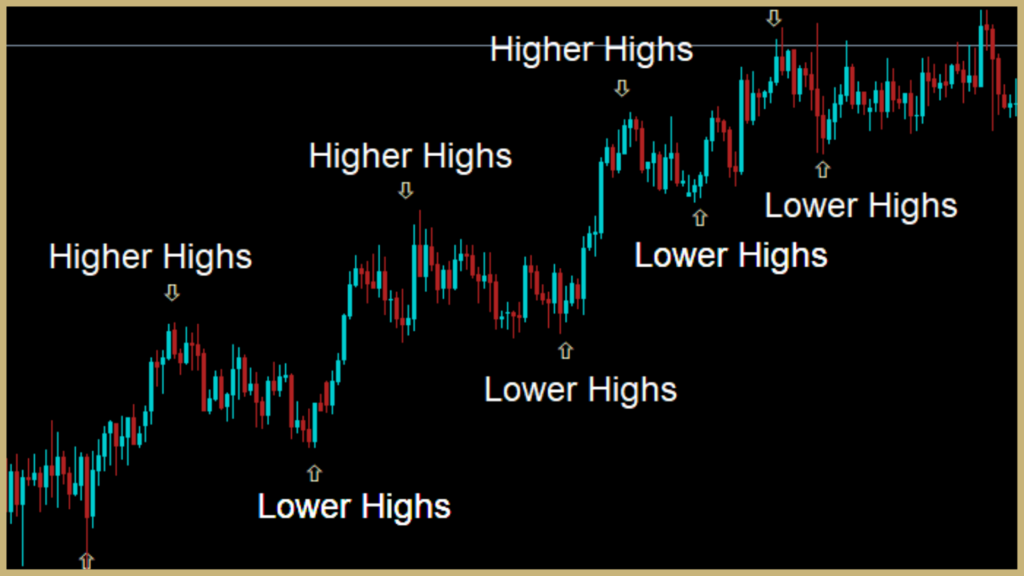This article is about Swing Trading vs Scalping. If you’ve been considering trading in the Forex market, you may be wondering whether you should choose swing trading or scalping. Both strategies have their advantages and disadvantages.
We’ll discuss the time commitment, benefits, and rules for each. This article will help you decide which strategy is right for you. Read on to learn more about swing trading and scalping. You’ll also discover why you might want to choose one over the other. We will also discuss a few forex trading strategies for both swing trading and scalping.

Disadvantages of swing trading vs scalping
When it comes to trading, there are many differences between scalping and swing trading. Both can be equally profitable, though you might not see a profit for days or weeks with swing trading. Scalping, on the other hand, is more time-consuming and requires you to analyze data virtually every minute or 5 minutes. This strategy is suitable for more experienced traders, but it’s not recommended for those who don’t like fast-paced environments.
Both techniques require a good knowledge of technical analysis. Swing traders use technical analysis of forex to identify patterns and enter a trade. They also need to understand technical charts and indicators, and how to properly use them.
Using technical analysis incorrectly can lead to losses. Scalpers also need to monitor their positions constantly, which is a challenge if you have a day job. In addition, swing traders tend to make more money per trade, but both styles require a lot of work and time.
Another difference between scalping and swing trading is the level of risk involved. Scalpers typically take on smaller risks, as they trade off the lowest timeframes. However, swing traders tend to take longer to make profits. They also focus on long-term profit. Swing trading requires patience, confidence, and a keen understanding of market sentiment. They are both great trading styles, so beginners may want to try both styles.
Traders who prefer swing trading typically have higher profit expectations. Scalpers, on the other hand, only want to make a small profit on each trade. They may have a small margin of profit, but over the course of many trades, it can add up to a huge amount of profit.

Swing traders typically hold an instrument overnight or for weeks. They take advantage of a larger price shift than scalpers can do in a day or two. Swing trading is a great strategy for part-time traders because you can check markets at various intervals of your work day. However, swing traders need to be patient, since they can’t expect to profit from every trade, so they must be patient and willing to wait for the right moment to enter and exit.
While scalping has many advantages over swing trading, it is important to consider the risks that come with it. The former tends to involve more risk but is generally less volatile. The advantages of swing trading outweigh the disadvantages.
One advantage of swing trading over scalping is that it requires less risk. Swing traders tend to use wider stop-losses and profit targets. Day traders, on the other hand, often use higher leverage and take larger position sizes. In addition, swing traders can take advantage of overnight gaps and capitalize on margin. But it can be risky to trade on margin, which is why it’s best to make decisions only after analyzing all the market data.
Time commitment required for swing trading vs scalping

While both types of traders are capable of making money, scalping is much more demanding on the time commitment of the trader. Scalpers aim for a small profit per trade, which can add up to a high annual return. Swing traders, on the other hand, are more concerned with making larger average profits per trade. They will spend only a short period of time at the start of each trading session, while scalpers will need to watch their positions closely throughout the entire trading session.
While scalpers spend a long day at their computer screens, swing traders need less time. Swing traders can have a full-time job while doing this. They can spend a few minutes checking charts at work, but they shouldn’t spend more than a few hours a day. As for the equipment needed, swing trading doesn’t require expensive software or data subscriptions. All you need is a laptop and access to the internet.
As with all types of trading, time is key. Swing traders tend to keep an eye on a range of currency pairs. Swing traders can hold their positions for days, even weeks. They may not be able to see every potential signal, but they do have a clear idea of when to buy and sell.
Swing traders try to foresee a price move in the market, and try to capture huge chunks of profit if it happens. They use a variety of strategies in the market, including breakout trading, retracement trading, and reversal trading ( we use all these strategies to trade with ).
As a result, swing trading requires much less time than scalping. They can use technical analysis to spot patterns and trends in the price movement of the currency pair. They can also use technical indicators, which can help them determine when to buy or sell a position.
Both styles of trading require study and practice. While scalping is more difficult and involves high risk, it is generally more profitable for the trader. The downside is that scalpers usually make smaller profits per trade. If you’re a beginner trader, it might be worth trying both styles until you find the one that suits your style. You can always use both styles and choose which one you prefer. The time commitment required for swing trading vs scalping depends on your personal comfort level and your financial goals.
Strategies for Swing Trading vs Scalping
Scalping requires extreme vigilance and must be able to perform under stress. One missed opportunity to close a position can mean big losses. You may wonder how scalpers make their money on tiny price swings. But, these small wins add up to a large profit over time. Scalping can be challenging, but it can be rewarding if you know what you’re doing. A scalping account must be funded with a minimum of $1,000 before you can start trading.
A great strategy for a swing trade is the trend trading strategy or a breakout strategy. To apply the trend trading strategy the market must be trending. To find trends you need to understand the concept of swing highs and swing lows.

As you can see in the above chart there are higher highs and lower highs forming which means the market is in an uptrend.
For scalping, a great strategy is to use supply and demand. This can be done by identifying the supply and demand zones in a chart. To trade with this strategy, identify these zones and take trades when the market pulls back to these zones.

If you are interested in learning about these strategies, make sure to check out our free trading guide.
Conclusion – Swing Trading Vs Scalping, what is the best for you?
So, what is the best trading style for you? For beginners, we recommend using swing trading mainly because you will be taking fewer trades. We have seen that the more trades a beginner takes more likely they will lose all their money. But if you like the idea of scalping it’s good to try it as well. Scalping is really suitable if you have a lot of time to trade and you like trading in a fast-paced environment. Also if you don’t like to hold trades overnight, scalping might be a good idea for you.







